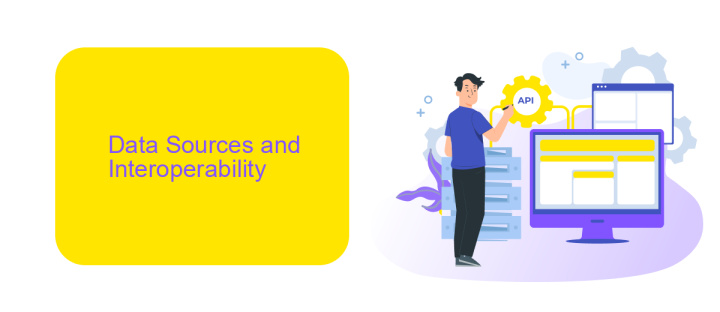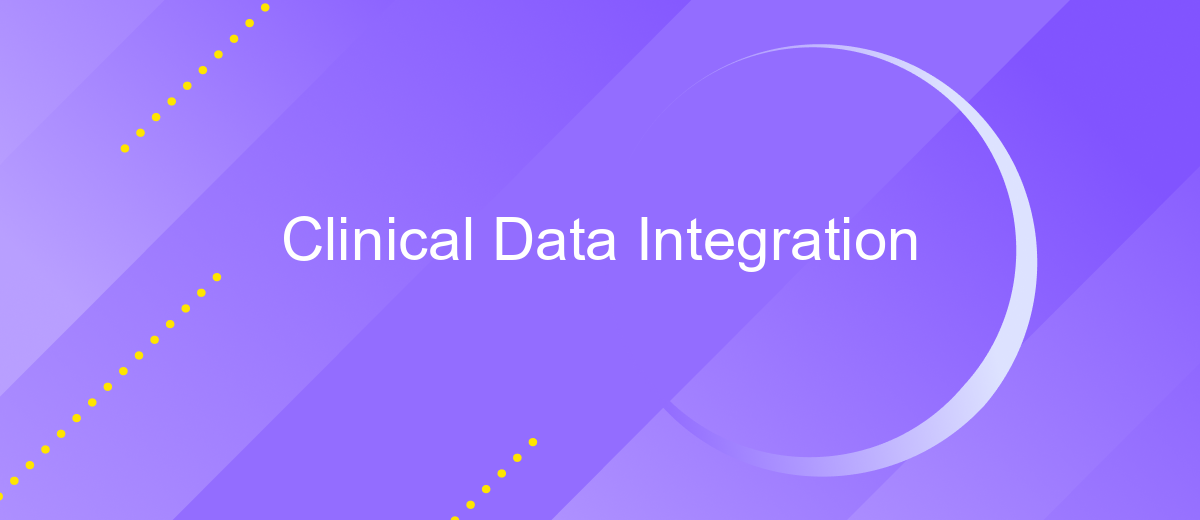Clinical Data Integration
Clinical data integration is a critical process in modern healthcare, enabling seamless access and analysis of patient information from diverse sources. By unifying disparate data sets, healthcare providers can enhance patient care, streamline operations, and support advanced research. This article explores the methodologies, benefits, and challenges associated with integrating clinical data in today's digital health landscape.
Introduction
Clinical Data Integration is a critical aspect of modern healthcare, aiming to merge data from various sources to enhance patient care and streamline operations. This process involves the aggregation, harmonization, and analysis of clinical data to provide a comprehensive view of patient health, which can significantly improve decision-making and outcomes.
- Aggregating data from multiple clinical sources
- Ensuring data consistency and accuracy
- Facilitating seamless data exchange
- Enhancing patient care through comprehensive data analysis
Tools like ApiX-Drive play a vital role in this integration process. ApiX-Drive offers robust solutions for automating data transfer between systems, ensuring that clinical data is always up-to-date and accessible. By leveraging such services, healthcare providers can focus more on patient care and less on managing data, ultimately leading to better healthcare outcomes.
Data Sources and Interoperability

Clinical data integration requires the aggregation of patient information from various sources, including electronic health records (EHRs), laboratory systems, and imaging databases. The challenge lies in standardizing this data to ensure consistency and accuracy. Interoperability is crucial for seamless data exchange between disparate systems, enabling healthcare providers to access comprehensive patient profiles. Standards such as HL7 and FHIR play a pivotal role in facilitating this interoperability by providing frameworks for data exchange and ensuring that different systems can communicate effectively.
To streamline the integration process, tools like ApiX-Drive offer robust solutions for connecting various healthcare data sources. ApiX-Drive simplifies the setup of integrations, allowing for automated data transfers between EHRs, laboratory systems, and other essential healthcare applications. This not only enhances data accuracy but also reduces the administrative burden on healthcare professionals. By leveraging such services, healthcare organizations can achieve a more efficient and cohesive data environment, ultimately improving patient care and outcomes.
Data Transformation and Harmonization

Data transformation and harmonization are critical processes in clinical data integration, ensuring that data from various sources is standardized and usable. These processes involve converting data into a consistent format and structure, making it easier to analyze and interpret. Effective data transformation and harmonization enable healthcare providers to make informed decisions based on comprehensive and accurate data.
- Data Cleaning: Removing duplicates and correcting errors to ensure data quality.
- Data Mapping: Aligning data fields from different sources to a common schema.
- Data Standardization: Converting data into a uniform format, such as using consistent units of measurement.
- Data Enrichment: Adding contextual information to enhance data value.
Tools like ApiX-Drive can facilitate data transformation and harmonization by automating the integration process. ApiX-Drive allows seamless connection between various data sources and applications, streamlining data workflows and ensuring that data is consistently formatted and ready for analysis. This automation reduces the risk of human error and saves valuable time, allowing healthcare professionals to focus on patient care and research.
Data Analysis and Visualization

Effective data analysis and visualization are crucial components in the realm of clinical data integration. These processes enable healthcare professionals to interpret complex datasets, uncover patterns, and make informed decisions. By leveraging advanced analytical tools, clinicians can transform raw data into actionable insights, enhancing patient outcomes and streamlining healthcare operations.
One of the primary challenges in clinical data analysis is ensuring data consistency and accuracy. Integrating data from diverse sources such as electronic health records (EHRs), laboratory results, and patient surveys requires robust solutions. ApiX-Drive, for instance, offers seamless integration capabilities that facilitate the synchronization of disparate data streams into a unified platform, ensuring that the data is reliable and ready for analysis.
- Automated data synchronization
- Real-time data processing
- Customizable data dashboards
- Advanced predictive analytics
Visualization tools play a pivotal role in making complex data comprehensible. Interactive dashboards and graphical representations, such as heat maps and trend lines, enable clinicians to quickly identify critical insights. By integrating services like ApiX-Drive, healthcare providers can enhance their data analysis and visualization capabilities, ultimately leading to more effective and efficient patient care.
- Automate the work of an online store or landing
- Empower through integration
- Don't spend money on programmers and integrators
- Save time by automating routine tasks
Applications and Case Studies
Clinical data integration has found numerous applications in the healthcare industry, significantly enhancing patient care and operational efficiency. For instance, hospitals and clinics use integrated data systems to streamline patient records, ensuring that healthcare providers have real-time access to comprehensive patient histories. This integration facilitates better diagnosis and treatment plans, reducing the risk of medical errors. Additionally, integrated clinical data supports large-scale research projects by providing researchers with extensive datasets that can be analyzed to identify trends, improve treatment protocols, and develop new therapies.
One notable case study is the implementation of ApiX-Drive in several healthcare institutions. ApiX-Drive's robust integration capabilities enable seamless data flow between disparate systems, such as electronic health records (EHR) and laboratory information systems (LIS). By automating data transfer and synchronization, ApiX-Drive helps reduce manual entry errors and ensures that healthcare professionals have timely access to critical information. This service has been instrumental in enhancing operational workflows, improving patient outcomes, and supporting compliance with regulatory standards. The success of ApiX-Drive in these settings underscores the transformative potential of clinical data integration technologies.
FAQ
What is Clinical Data Integration?
Why is Clinical Data Integration important?
What challenges are associated with Clinical Data Integration?
How can automation tools assist in Clinical Data Integration?
What are the benefits of using a service like ApiX-Drive for Clinical Data Integration?
Apix-Drive is a universal tool that will quickly streamline any workflow, freeing you from routine and possible financial losses. Try ApiX-Drive in action and see how useful it is for you personally. In the meantime, when you are setting up connections between systems, think about where you are investing your free time, because now you will have much more of it.


